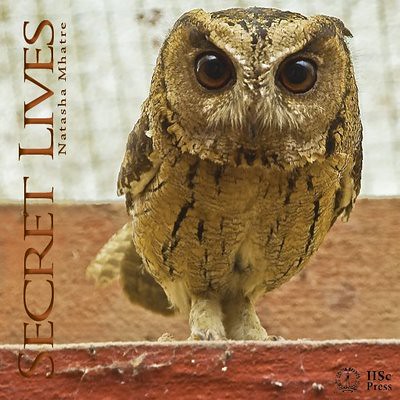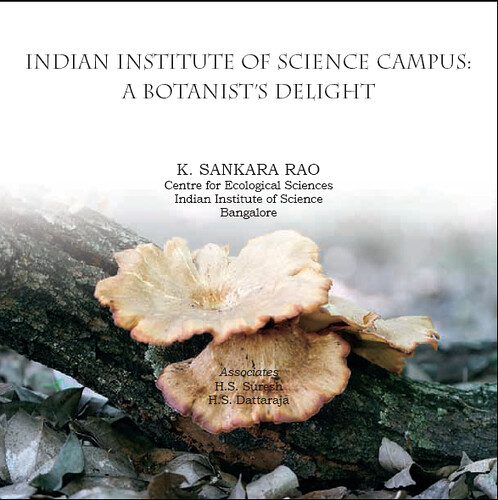The Satyam-Maytas swindle deal has been dropped by the promoters, after the stock price crashed following the original announcement of the deal that would have enriched the Raju family members tremendously -- the deal was valued at $1.6 billion!
There has been tons of commentary. In particular, the shameful behaviour of Satyam's independent directors was flagged two days ago by T.T. Ram Mohan in a hard-hitting post (see also his follow-up posts.
This meme has been picked up by Mint whose editorial has a blunt message: replace the independent directors and the management.Poor judgement on Mr Raju's part and also on the part of the board of Satyam which approved the deal. How could the board have even imagined that the company would get away with a deal of this kind? The board's independent directors comprise: M Rammohan Rao (director, Indian School of Business), Vinod Dham(the Silicon valley entrepreneur), T R Prasad (former cabinet secretary) Dr(Mrs)Mangalam Srinivasan ( a retired academic and bureaucrat), and Prof V S Raju (former director, IIT Delhi). It also has HBS prof Krishna Palepu as non-executive director.
The independent directors were paid between Rs 12.1 to Rs 13.2 lakh last year as sitting fee and got between 5000-10,000 stock options. Did the chairman get the board's consent for calling off the deal? Or will the board simply ratify the chairman's decision?
family that controls India’s fourth largest software services company thought it could use a slim 8.6% stake, worth $275 million on Wednesday morning, to spend $1.8 billion of reserves and fresh borrowings to bail out two sister companies in the realty and infrastructure businesses. It is time to ask Satyam chairman B. Ramalinga Raju to step down voluntarily (as we did in our front-page Quick Edit on Thursday) and sack the independent directors on the company board, who have been appointed to protect other shareholders against precisely such raids on their company.
Spicy IP's Sumathi Chandrashekaran makes an interesting connection between the now-dropped proposal to siphon away over 1.6 billion dollars of cash from Satyam and the company's legal troubles arising from a lawsuit filed by an American company called Upaid.
In a Business Standard column, Shobhana Subramanian gives us other examples of similarly shady shenanigans by the promoters:
In the past institutional investors in this country haven’t really spoken up against corporate misbehaviour. Even Sterlite’s attempt, in September this year, to transfer the high-quality aluminum business and merchant power to Malco, in return for the low-quality, high cost, copper Konkola mines, again without so much as a by-your-leave, didn’t anger shareholders. In that instance too, the promoters were enriching themselves, at the cost of minority shareholders, but no mutual fund really said so. There have been numerous other instances, admittedly of smaller consequence, that should have provoked mutual funds to ask questions.
The Sterlite example is important for those interested in India's higher education, because its promoters are behind India's most audacious university project: the Vedanta University, for which the Orissa govenment has allotted several thousand acres of land.

